

AI’s reach depends on the environments in which it operates as well as how it is developed and deployed, highlighting a fundamental debate on whether we should push for regulation or opt for free-market-driven deregulation.

AI’s reach depends on the environments in which it operates as well as how it is developed and deployed, highlighting a fundamental debate on whether we should push for regulation or opt for free-market-driven deregulation.
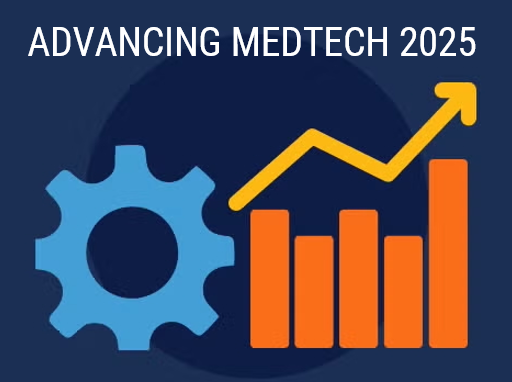
Evolving regulations and market requirements have kept medtech companies on their toes for years. EU MDR, for example, has been a top priority and now, more companies are moving toward EU MDR sustainability. As we look ahead to an unpredictable year in medtech, three areas stand out as opportunities for medtech to drive meaningful progress. AI, recall management, and regulatory intelligence could be key differentiators for medtechs — if approached strategically.
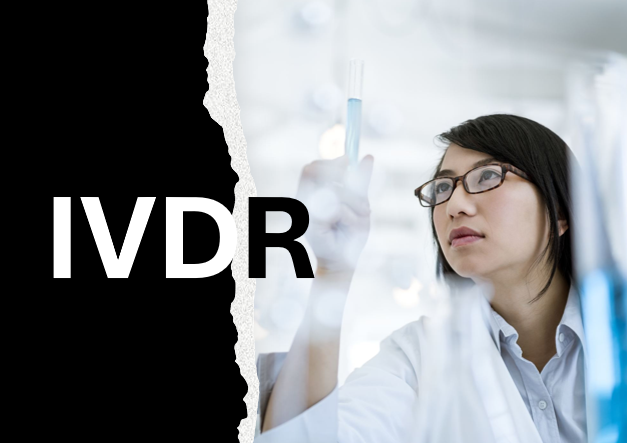
Under IVDR, clear and specific IVD intended use criteria are required and introduce significant challenges for manufacturers seeking CE Marking and global market access. With updated compliance deadlines approaching, how can manufacturers manage risk and avoid regulatory delays and disruptions in their market strategies?

Clear and specific IVD intended use criteria are required and introduce significant challenges for manufacturers seeking CE Marking and global market access. With IVDR compliance deadlines approaching, how can manufacturers manage risk and avoid regulatory delays and disruptions in their market strategies?
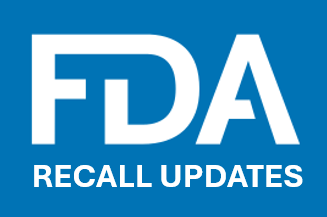
Neo-Tee T-Piece resuscitator is being removed due to a undersized spring in the controller.

Speed control circuit board issue that may cause the motor to be unresponsive to the user.

Use instructions updated for Varipulse ablation catheter due to a high rate of stroke or transient ischemic attack.

The FDA hasn’t released official numbers on the terminations, but former FDA officials have pegged the number at roughly 700, with more than 220 coming from the medical device center. That would represent roughly 10% of the program’s total staffing.
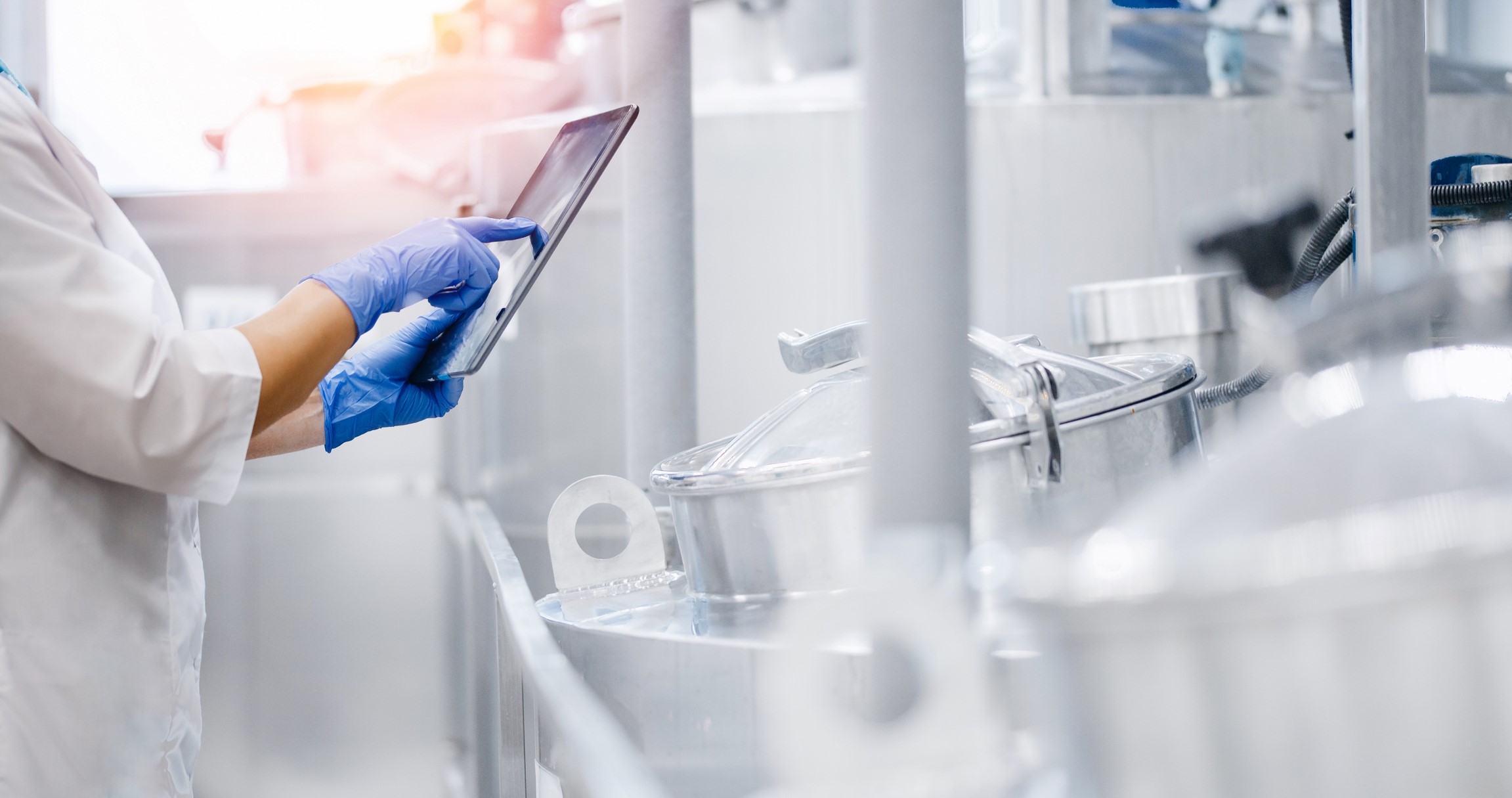
In the healthcare industry where patient lives are at stake, quality culture is a cornerstone principle extending beyond operational efficiency. It has profound effects on patient outcomes. As tech continues to disrupt healthcare, how do technology companies build a robust quality culture to succeed in healthcare?
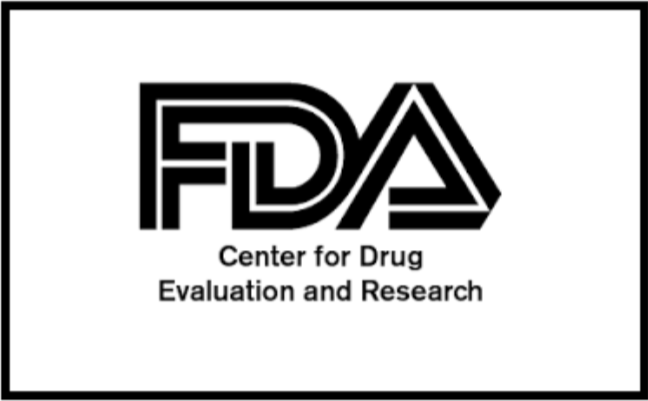
According to CDER Director Patrizia Cavazzoni, CDER’s new Center for Real-World Evidence Innovation represents a major step forward in efforts to unlock the full potential of RWD to inform clinical and regulatory decisions.